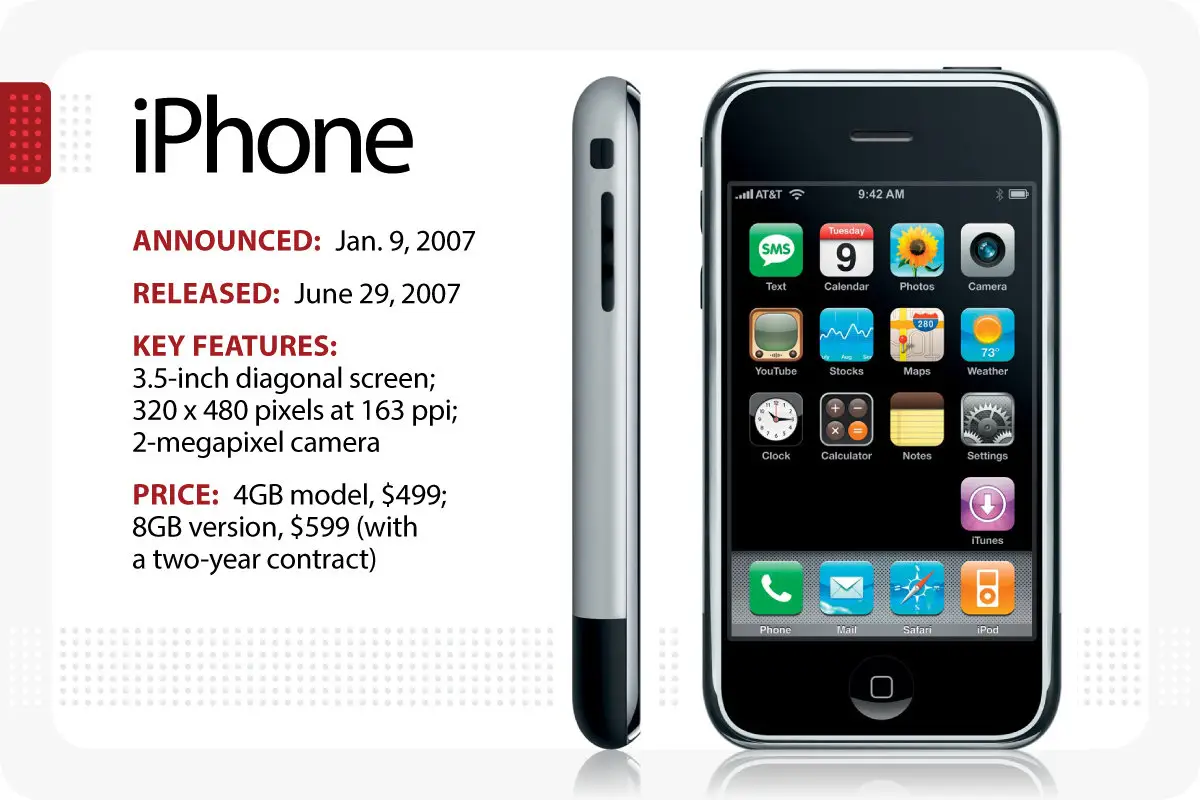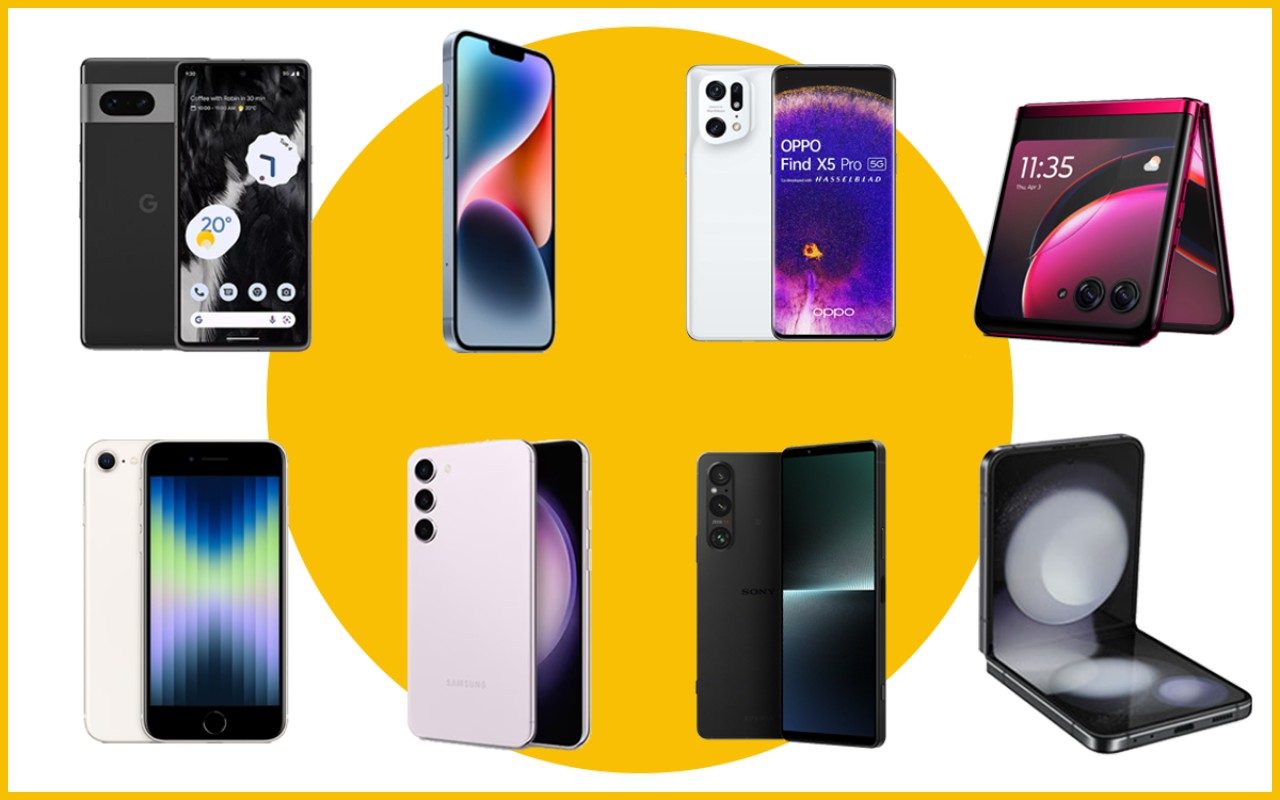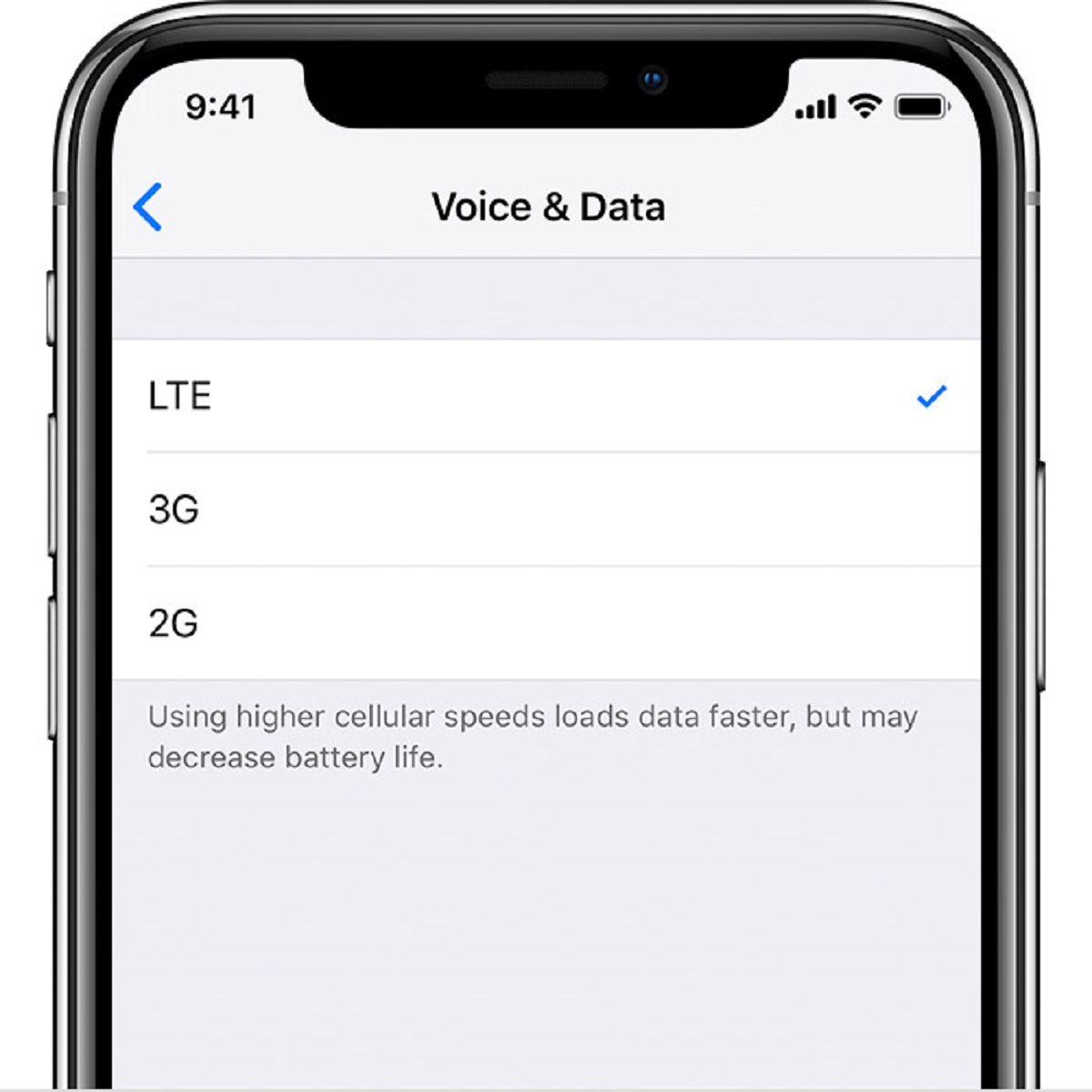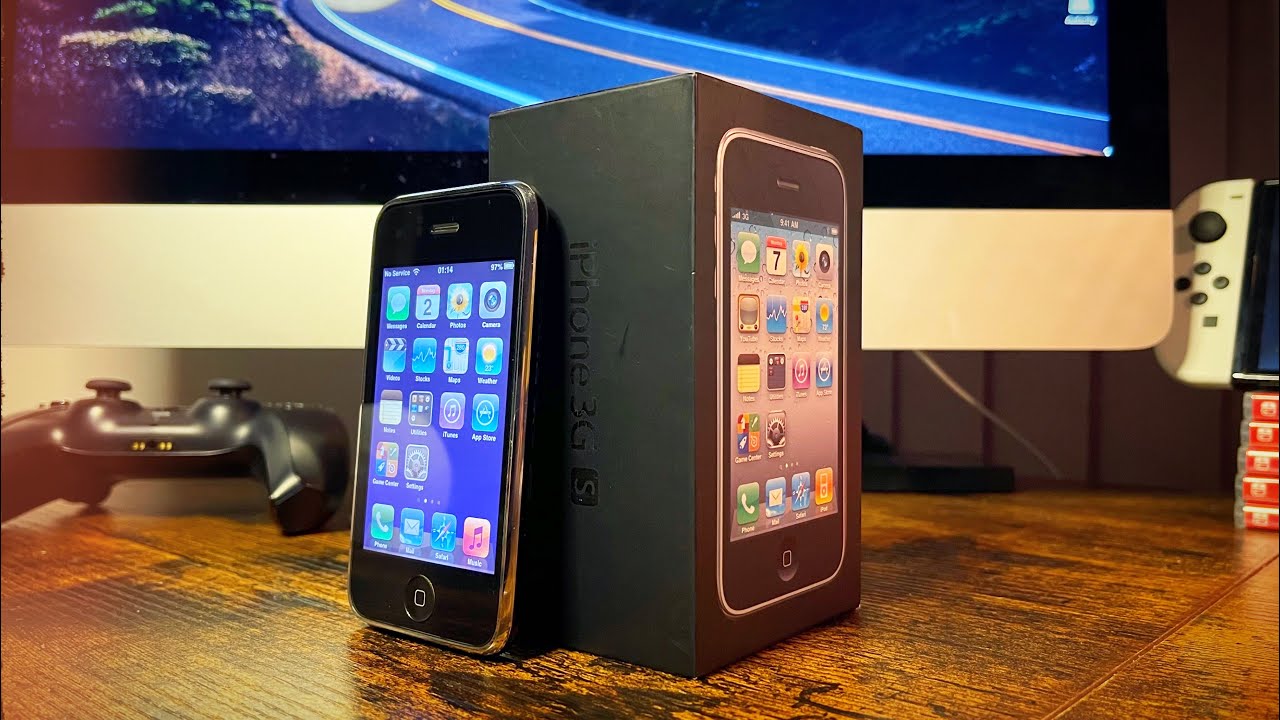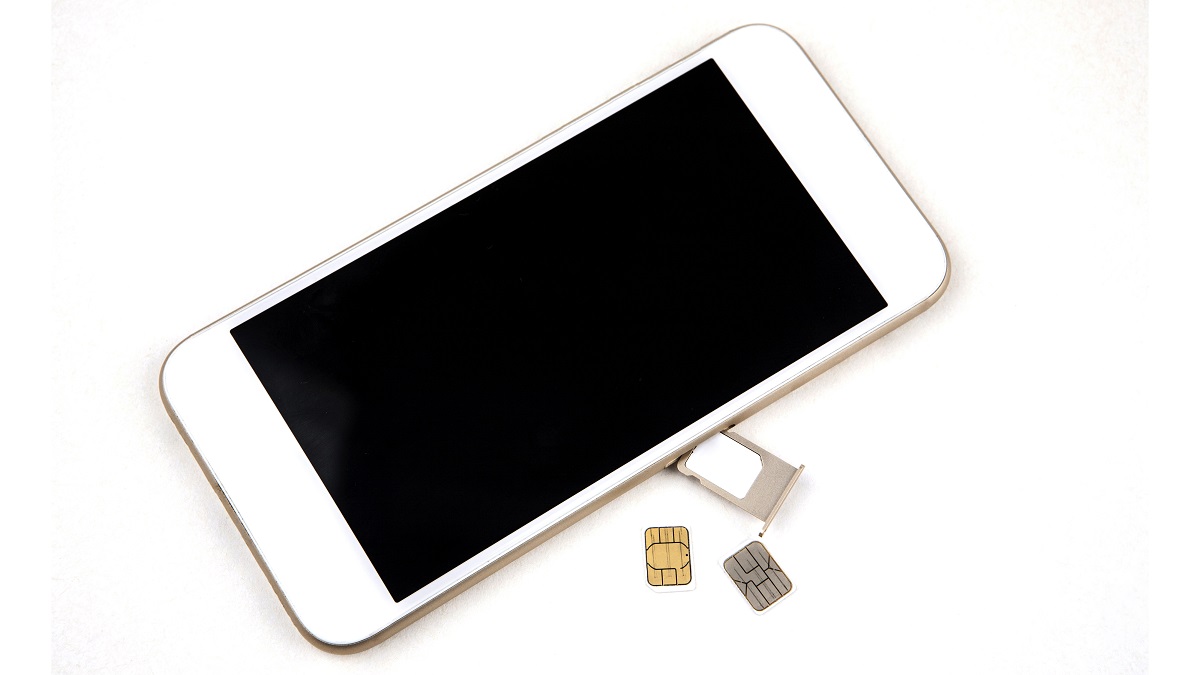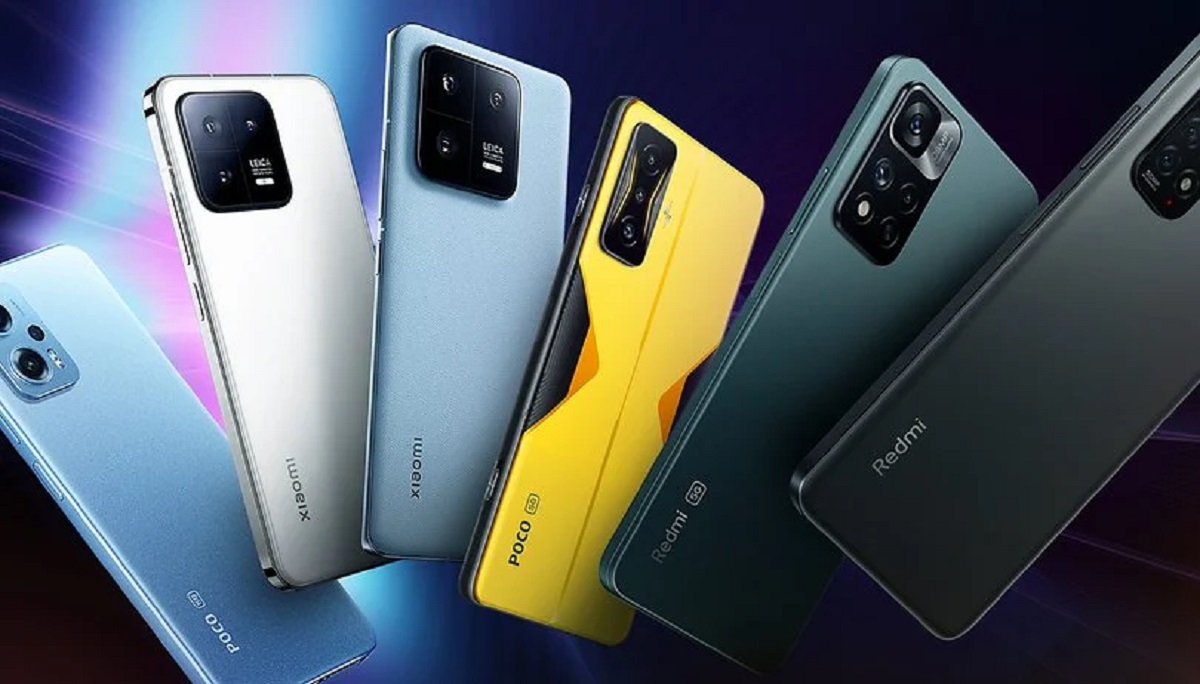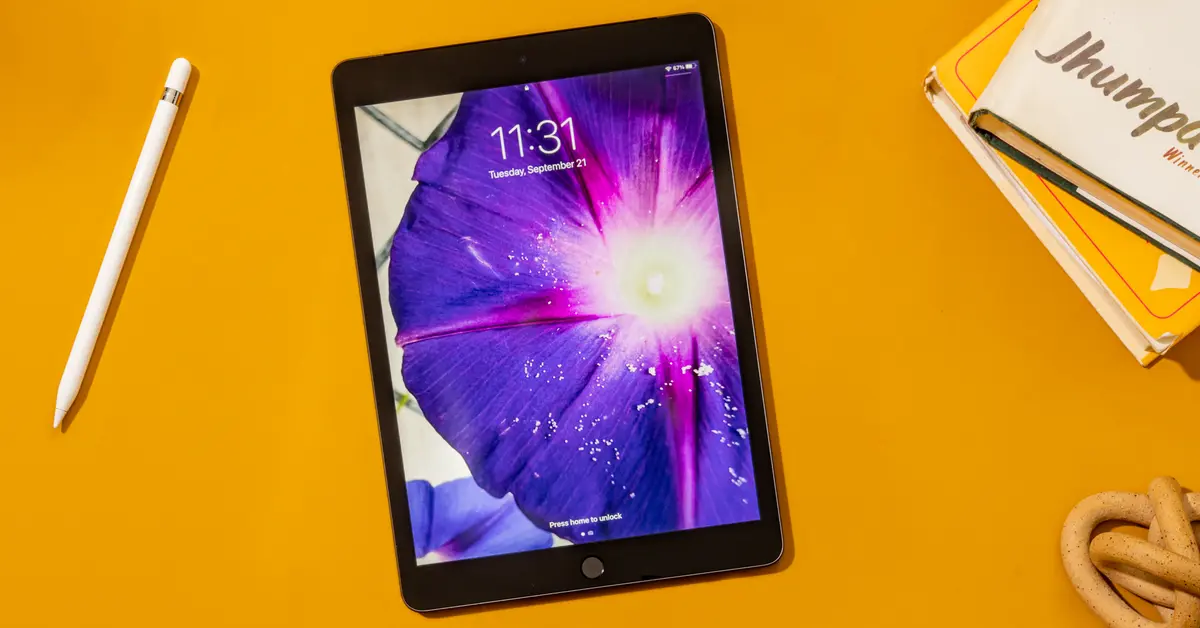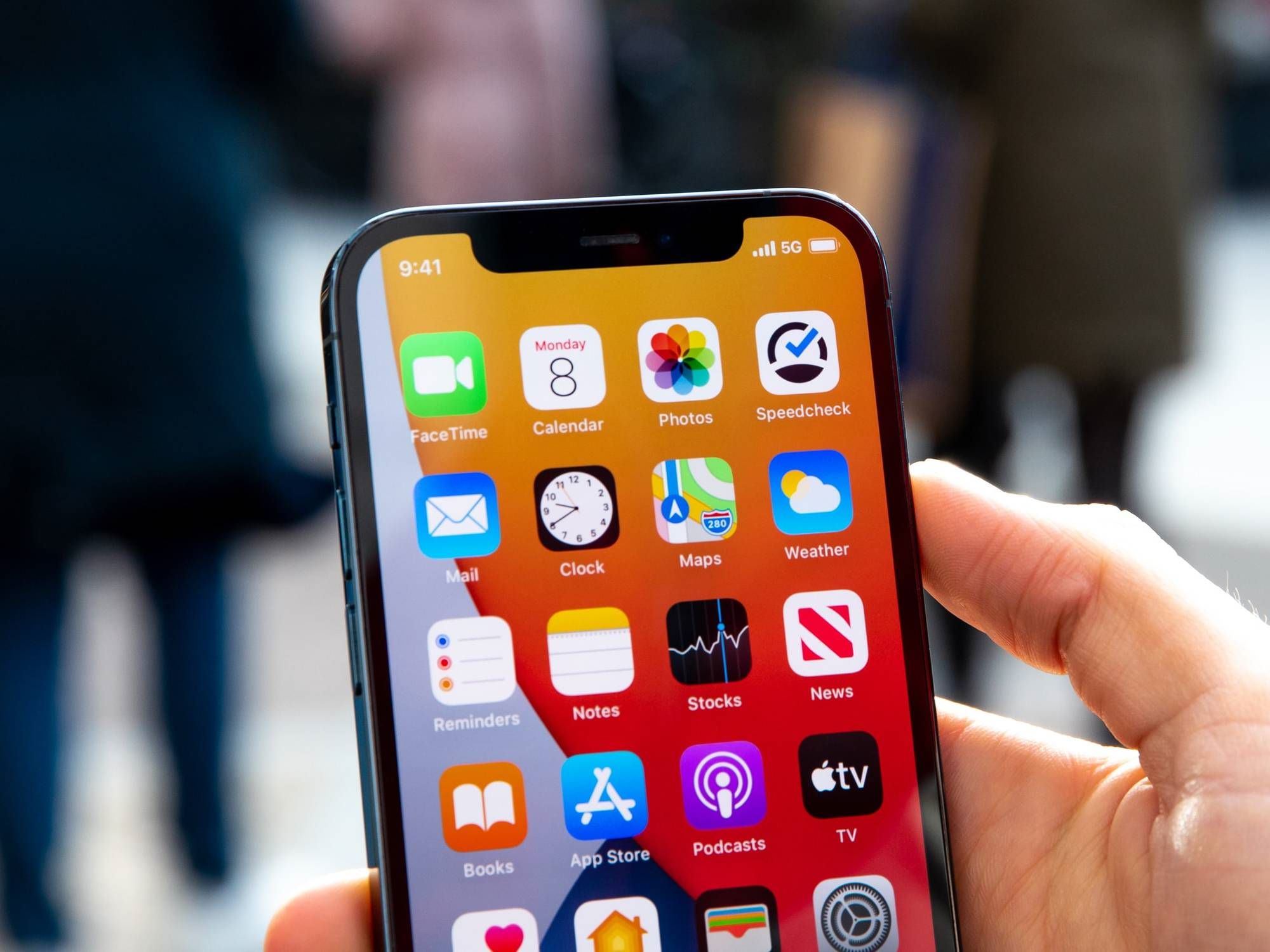Introduction
Welcome to the world of smartphones, where technology evolves at an astonishing pace. In this rapidly changing landscape, it’s easy to forget the devices that paved the way for the innovative smartphones we have today. One such device is the iconic iPhone 3G, which holds a special place in mobile phone history.
The iPhone 3G, released in 2008, marked a significant milestone for Apple and the smartphone industry as a whole. It was the successor to the original iPhone and introduced several groundbreaking features that revolutionized the way we interact with our phones. From its sleek design to its powerful capabilities, the iPhone 3G captured the hearts of millions of users worldwide.
During its time, the iPhone 3G brought numerous advancements to the table. It introduced 3G connectivity, enabling users to browse the internet, download apps, and stream content with greater speed and efficiency. The App Store, another revolutionary addition, opened up a whole new world of possibilities, with thousands of apps available at your fingertips.
While the iPhone 3G may not boast the same features and specifications as today’s modern smartphones, its historical significance and nostalgic value make it a sought-after device for collectors and enthusiasts. If you’re wondering how much your iPhone 3G is worth, this article will delve into the various factors that contribute to its value in today’s market.
Whether you’re looking to sell your iPhone 3G or simply curious about its current market value, read on to discover all the essential information you’ll need to navigate the world of buying and selling vintage smartphones.
History of iPhone 3G
The iPhone 3G was unveiled by Apple CEO Steve Jobs on June 9, 2008, at the company’s Worldwide Developers Conference (WWDC). It was the second-generation iPhone and a significant leap forward in terms of technology and design. Building upon the success of its predecessor, the iPhone 3G introduced several key features that set the stage for future iPhone models.
One of the most notable additions to the iPhone 3G was its support for 3G connectivity, hence the name. This allowed users to experience faster internet speeds, enabling smoother web browsing, faster app downloads, and improved streaming capabilities. The inclusion of GPS further enhanced the device’s navigation capabilities, with turn-by-turn directions and location-based services.
Apple also introduced the App Store alongside the iPhone 3G, introducing a new era of mobile applications. Users could now easily download and install a wide range of third-party apps to enhance their iPhone experience, from productivity tools to games and entertainment apps. This opened up a whole world of possibilities, revolutionizing the way we use our smartphones.
Another significant improvement with the iPhone 3G was its design. It featured a sleeker and slimmer form factor compared to its predecessor, with a curved plastic back replacing the original iPhone’s aluminum casing. This made it more comfortable to hold and gave it a more modern look. The display remained the same at 3.5 inches, but the overall aesthetic of the device was undeniably more refined.
Upon its release, the iPhone 3G garnered immense popularity, quickly becoming a global sensation. It sold millions of units within a short span of time, solidifying Apple’s position in the smartphone market. The combination of its advanced features, user-friendly interface, and seamless integration with Apple’s ecosystem made it a must-have device for tech enthusiasts and everyday users alike.
Despite being over a decade old, the iPhone 3G continues to hold a special place in the hearts of many. Its significance in the evolution of smartphones and its timeless design make it a beloved and sought-after collectible for enthusiasts and Apple fans.
Features and Specifications
The iPhone 3G introduced a range of features and specifications that were groundbreaking during its time. While they may not compare to modern smartphones, these features were instrumental in shaping the smartphone landscape as we know it today.
The iPhone 3G featured a 3.5-inch TFT LCD display with a resolution of 320 x 480 pixels, offering crisp and vibrant visuals for its time. It was powered by a 412 MHz ARM 11 processor, which, combined with 128 MB of RAM, provided smooth performance for everyday tasks.
One of the key selling points of the iPhone 3G was its support for high-speed 3G connectivity. This allowed users to browse the internet, stream media, and download apps at significantly faster speeds compared to the original iPhone. It also came equipped with Wi-Fi 802.11 b/g for fast wireless internet access.
In terms of storage, the iPhone 3G offered two options: 8GB and 16GB, providing ample space to store apps, photos, videos, and music. It should be noted that the device did not have expandable storage, so users had to rely on the built-in memory.
One of the standout features of the iPhone 3G was its camera. It boasted a 2-megapixel rear camera, allowing users to capture decent quality photos and record videos. While it may seem modest compared to today’s smartphones with multiple lenses and high megapixel counts, the camera capabilities of the iPhone 3G were impressive at the time.
Running on iOS 2, the iPhone 3G offered a user-friendly and intuitive interface. It introduced features like push email, Visual Voicemail, iTunes integration, and the Safari web browser. The device also supported native apps, including popular ones such as Maps, Weather, Calculator, and Music.
The iPhone 3G was powered by a non-removable Li-Ion 1150 mAh battery, which provided decent battery life for day-to-day usage. It supported talk time of up to 10 hours on 2G and 5 hours on 3G, while standby time could last up to 300 hours.
Overall, while the iPhone 3G may not have the same advanced features and specifications as current smartphones, its blend of functionality, design, and user experience set the stage for the future of mobile technology.
Comparison to Current iPhones
When comparing the iPhone 3G to the current lineup of iPhones, it’s clear that technology has come a long way in the past decade. The advancements in hardware, software, and overall user experience have propelled newer iPhone models to new heights. Here’s a comparison between the iPhone 3G and some of the latest iPhones available:
Display: The iPhone 3G boasts a 3.5-inch TFT LCD display with a resolution of 320 x 480 pixels. In comparison, the latest iPhone models feature larger and higher-resolution displays, such as the iPhone 12 Pro with a 6.1-inch Super Retina XDR display at 1170 x 2532 pixels. The improved display technology provides sharper visuals, vibrant colors, and better overall viewing experiences.
Performance: The iPhone 3G was powered by a 412 MHz ARM 11 processor and 128 MB of RAM. Today’s iPhones, like the iPhone 13 Pro, are equipped with powerful A-series chips, offering exceptional performance and efficiency. With modern processors, iPhones can handle demanding tasks, such as gaming and multitasking, seamlessly.
Camera: The iPhone 3G featured a 2-megapixel rear camera, while current iPhones come with multifunctional camera systems, including ultra-wide, wide, and telephoto lenses. The latest iPhones, like the iPhone 13 Pro, boast advanced computational photography capabilities, Night mode, and the ability to record high-quality videos in various resolutions and frame rates.
Connectivity: The iPhone 3G supported 3G connectivity, while current iPhones are equipped with 5G capabilities, providing faster download and browsing speeds. The integration of 5G technology allows for enhanced connectivity experiences, particularly in areas with robust 5G coverage.
Software: The iPhone 3G ran on iOS 2, while the latest iPhones run on the latest iterations of iOS. Newer versions of iOS offer a multitude of features, improvements in security and privacy, and seamless integration with other Apple devices and services.
Battery Life: The iPhone 3G had a 1150 mAh battery, providing decent battery life for its time. Modern iPhones, such as the iPhone 13 Pro, come with larger battery capacities and advanced power management features, offering longer battery life to keep up with the demands of today’s users.
Overall, the comparison between the iPhone 3G and current iPhones highlights the significant advancements in technology and user experience over the years. While the iPhone 3G laid the foundation for future smartphones, the latest iPhones offer superior performance, advanced camera capabilities, faster connectivity, and longer battery life, catering to the needs and expectations of today’s tech-savvy users.
Factors Determining iPhone 3G’s Worth
Several factors come into play when determining the worth of an iPhone 3G in today’s market. Although it may no longer be the latest and most advanced smartphone, certain elements contribute to its value:
Condition: The condition of the iPhone 3G significantly affects its worth. A device in excellent condition, with minimal signs of wear and tear, will generally fetch a higher price compared to one with noticeable scratches, dents, or hardware issues. Buyers are often willing to pay more for a well-preserved iPhone 3G.
Rarity: The rarity of the iPhone 3G can drive up its value. While it was a popular device during its release, finding one in pristine condition or with specific limited edition features can command a higher price among collectors and enthusiasts.
Original Accessories: The inclusion of original accessories, such as the charger, earphones, and even the original box, can add value to the iPhone 3G. These items contribute to the overall completeness of the package, making it more appealing to prospective buyers.
Storage Capacity: The storage capacity of the iPhone 3G plays a role in its worth. Higher storage options, like the 16GB model, are generally more desirable as they offer more space for apps, photos, videos, and music. Buyers looking for an iPhone 3G with ample storage may be willing to pay a premium.
Market Demand: The demand and popularity of the iPhone 3G in the used smartphone market can influence its worth. Factors such as nostalgia, collector’s interest, and demand from individuals seeking a budget-friendly device or a backup phone can impact the price. Researching the current market demand can give an idea of its potential worth.
Modifications: Any modifications or enhancements made to the iPhone 3G can affect its worth. While some modifications, such as a custom design or upgraded components, may increase its appeal and value, others, like software modifications or unauthorized repairs, can lower its worth.
Age and Historical Significance: The age and historical significance of the iPhone 3G contribute to its worth. Being one of the early iPhones and a device that revolutionized the smartphone industry, it holds a special place in mobile phone history. Collectors and tech enthusiasts may be willing to pay more for a piece of technological history.
It’s important to note that the worth of an iPhone 3G can vary based on individual buyer preferences, market factors, and the specific condition of the device. Evaluating these factors can give you a better understanding of the potential value of your iPhone 3G in today’s market.
Used iPhone 3G Market Value
The market value of a used iPhone 3G can vary based on several factors, including condition, demand, and market trends. While it may not command the same prices as newer iPhones, the iPhone 3G still holds value among collectors, enthusiasts, and individuals seeking a budget-friendly device.
On popular online marketplaces and auction websites, you can find used iPhone 3G units ranging in price from around $50 to $200, depending on factors like condition, storage capacity, and the presence of original accessories. iPhones in excellent condition, with minimal signs of wear and tear and original accessories, tend to be at the higher end of the price range.
Keep in mind that it’s crucial to accurately describe the condition of your iPhone 3G and provide clear images to attract potential buyers. Transparency about any flaws or modifications can help you set a fair asking price and avoid any miscommunications during the selling process.
It’s worth noting that the value of the iPhone 3G may also fluctuate over time due to market demand and changing consumer preferences. Some collectors may be willing to pay a higher price for limited edition models or those with unique features. On the other hand, if newer iPhones become more affordable or there is an influx of used iPhone 3G units in the market, prices may decrease.
When researching the market value, it can be helpful to compare prices on different platforms, take note of recent sales, and consider the condition and accessories included in the listings. By doing so, you can get a better understanding of the average market value and set a competitive price when selling your iPhone 3G.
Ultimately, the market value of a used iPhone 3G is subjective and dependent on various factors. It’s essential to stay informed about market trends and adjust your expectations accordingly to ensure a successful selling experience.
Tips for Selling Your iPhone 3G
If you’re looking to sell your iPhone 3G and want to maximize its value, here are some helpful tips to consider:
1. Clean and Prepare the Device: Before listing your iPhone 3G for sale, ensure it is clean and free from any debris or fingerprints. Wipe the screen and body with a microfiber cloth to make it look presentable and well-maintained. Remove any personal data and perform a factory reset to protect your privacy.
2. Accurately Describe the Condition: Be transparent in your listing and accurately describe the condition of the iPhone 3G. Mention any significant scratches, dents, or hardware issues it may have. Providing detailed information helps manage expectations and builds trust with potential buyers.
3. Include Original Accessories: If you still have the original accessories that came with your iPhone 3G, include them in your listing. This could include the charger, EarPods, and even the original box. These add-ons can make your listing more appealing and potentially increase the selling price.
4. Take High-Quality Photos: Capture clear and detailed photos of your iPhone 3G from different angles. Good lighting and well-composed shots can showcase the device’s condition and attract potential buyers. Use natural light or a well-lit area to ensure the best results.
5. Research the Market Value: Do some research to determine the current market value of used iPhone 3G units in similar condition. This helps you set a competitive and fair selling price, maximizing your chances of attracting potential buyers.
6. Choose the Right Platform: Consider which platform or marketplace is best suited for selling your iPhone 3G. Popular options include online marketplaces like eBay, classified ad platforms, or local buy-and-sell groups. Each platform has its own pros and cons, so choose the one that aligns with your preferences and offers the best visibility for your listing.
7. Provide Excellent Customer Service: Respond promptly to inquiries from potential buyers and be attentive to any questions they may have. Being helpful and responsive can build trust and increase the likelihood of a successful sale.
8. Offer Secure Payment and Shipping: When finalizing the sale, ensure you use secure payment methods such as PayPal or a trusted escrow service. Use a reputable shipping method with tracking to ensure a smooth and secure transaction between you and the buyer.
By following these tips, you can increase your chances of selling your iPhone 3G at a competitive price and ensure a positive selling experience for both you and the buyer.
Where to Sell Your iPhone 3G
When it comes to selling your iPhone 3G, there are several platforms and avenues available to consider. Here are some popular options:
1. Online Marketplaces:
– eBay: eBay is a well-known platform for buying and selling a wide range of products, including electronics. It offers a large user base and provides options for both auction-style and fixed-price listings.
– Amazon: As one of the largest online retailers, Amazon allows individuals to sell used items, including smartphones. With its trusted reputation and wide reach, selling your iPhone 3G on Amazon can attract potential buyers.
2. Classified Ad Platforms:
– Craigslist: Craigslist is a popular platform for local classified ads. It allows you to sell directly to buyers in your area, eliminating the need for shipping. However, be cautious and prioritize safety when arranging in-person meetings.
– Facebook Marketplace: Facebook Marketplace is a convenient option for selling locally. With millions of active users, it provides a wide audience for your iPhone 3G listing. You can connect with potential buyers in your area and arrange safe transactions.
3. Trade-in Programs:
– Apple Trade-In: Apple offers a trade-in program where you can trade in your iPhone 3G for credit towards a new device or receive an Apple Gift Card. This option provides convenience and ensures a seamless transaction directly through Apple.
– Carrier Trade-In Programs: Many mobile carriers offer trade-in programs, allowing you to trade in your iPhone 3G for credit towards a new device or receive a gift card. Contact your carrier to inquire about their trade-in options.
4. Local Electronics Stores:
– Electronics stores like Best Buy or GameStop may accept trade-ins or purchase used iPhones. Check with your local store to see if they have a program in place for buying used smartphones.
When choosing where to sell your iPhone 3G, consider factors such as convenience, reach, and potential selling fees. Evaluate the pros and cons of each platform, and select the option that aligns with your preferences and goals for selling your device.
Regardless of the platform you choose, be sure to research the selling guidelines, fees, and any specific requirements. Provide accurate and detailed information about your iPhone 3G to attract potential buyers and facilitate a smooth selling process.
Conclusion
The iPhone 3G holds a special place in the history of smartphones, with its innovative features and design paving the way for the modern devices we use today. While it may not possess the same advanced capabilities as current iPhones, it still holds value among collectors, enthusiasts, and individuals seeking a budget-friendly smartphone.
When determining the worth of your iPhone 3G, factors such as condition, rarity, original accessories, storage capacity, and market demand all come into play. Understanding these factors can help you set a competitive price and attract potential buyers.
When selling your iPhone 3G, follow these tips to maximize its value: clean and prepare the device, accurately describe the condition, include original accessories, take high-quality photos, research the market value, choose the right platform, provide excellent customer service, and offer secure payment and shipping options.
Consider various selling platforms, such as online marketplaces, classified ad platforms, trade-in programs, or local electronics stores, to find the best fit for your needs and goals. Each option has its own advantages, so evaluate them based on convenience, reach, and potential selling fees.
Remember, the worth of your iPhone 3G may vary over time due to market fluctuations and changing consumer preferences. Stay informed about market trends to set a competitive price and adjust your expectations accordingly.
Selling your iPhone 3G is not just about making a transaction; it’s about passing on a piece of technological history to someone who will appreciate it. By presenting your iPhone 3G in the best possible light and being transparent with potential buyers, you can ensure a satisfying selling experience.
Whether you’re looking to part ways with your iPhone 3G or simply curious about its value, we hope this guide has provided you with valuable insights and guidance. Good luck with your selling journey!







